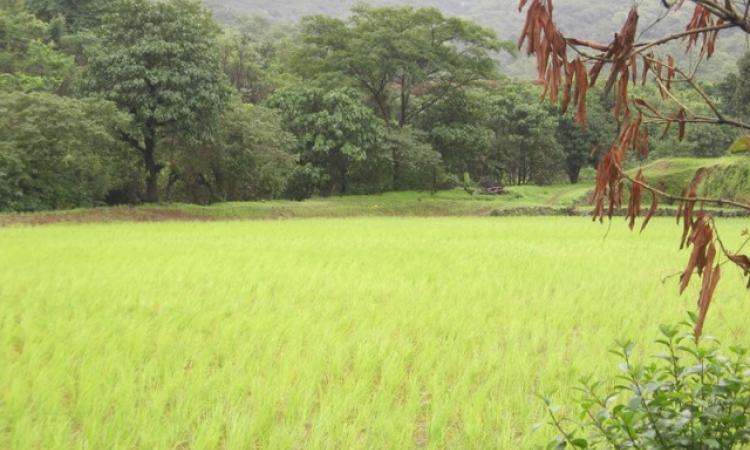
Although agriculture is the largest source of livelihood for people in India, its share in the gross domestic product (GDP) has been declining over time with deficit rainfall over the last two years having affected crop production and farmer's incomes.
This article 'Water management and resilience in agriculture' published in the Economic and Political Weekly examines water management strategies needed for drought mitigation and increasing climate resilience, including soil moisture management in India. It also sheds light on issues and policies for improving effectiveness in canal irrigation, water use efficiency, and strategies for climate resilient agriculture.
Reforms needed in irrigation
The article informs that India has invested significantly in irrigation infrastructure, particularly canal irrigation since independence. The Pradhan Mantri Krishi Sinchai Yojana (PMKSY), introduced by the present government, is in the right direction. However, the strategy in irrigation development has focused more on increasing water quantity and has neglected efficiency of use and sustainability.
The government heavily subsidises both canal water rates and the power tariff for drawing groundwater and much of this water is either used inefficiently or overused. Thus a number of reforms are needed in irrigation such as increasing and prioritising public investment, raising profitability of groundwater exploitation and augmenting groundwater resources, rational pricing of irrigation water and electricity, involvement of user farmers in the management of irrigation systems, and making groundwater markets equitable.
Efficient management of water resources
India has had successive droughts in the past two years. This year too, nine states such as Andhra Pradesh, Telangana, Karnataka, Maharashtra, Madhya Pradesh, Chhattisgarh, Odisha, Jharkhand and Uttar Pradesh have declared a drought. The article argues that there is a need for strategies in the short and long term to mitigate the adverse effects of droughts that include:
- Better and more efficient management of water resources to achieve “more crops per drop”
- A different approach for rain-fed areas and a paradigm shift in knowledge, policy and practice for rain-fed agriculture
- A shift from conventional “production per hectare” thinking to an approach that can integrate livelihoods (agriculture and rural non-farm), availability and access to food, ecosystems, and human health
- Investments in three components namely ponds, rural electrification, and drip irrigation to enhance water efficiency
- Promoting rainwater harvesting and drip irrigation for drought proofing
Encouraging climate resilient agriculture
Following changes can be introduced for effective climate resilient agriculture (CRA) in India for which:
- Diversified cropping systems in view of climate related risks need to be introduced
- Crop insurance can be used as one of the strategies for CRA. In this context, the recent introduction of Pradhan Mantri Fasal Bima Yojana (PMFBY) by the central government is a great step forward
- There is a need for research that can lead to the development of climate resilient technologies and extension systems to promote these among farmers
The article ends by arguing that water management requires multiple levels of policy action. The problem is not a shortage of water, but the absence of proper mechanisms for its augmentation, conservation, distribution, and efficient use. Water management thus should be given number one priority in agricultural policy to prevent drought, minimise the risks due to drought and build a climate resilient agriculture.
A copy of the paper can be downloaded from below:
/articles/water-management-climate-resilient-agriculture